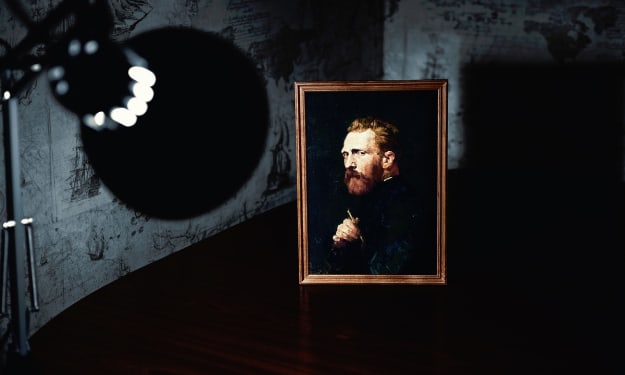Overcoming Challenges in Audio Visual System Design
If you want to know more about Overcoming Challenges in Audio Visual System Design then you can read this blog post.

Understanding User Needs
One of the biggest challenges in AV system design is fully understanding the user needs. Some ways to overcome this include:
Conducting user interviews and research upfront to get firsthand insight into pain points and wishes. Ask open-ended questions.
Observing users in their natural environments to see where and how they will interact with technology.
Testing early prototypes with users to get iterative feedback before design is finalized.
Establishing a user advisory board for ongoing input as needs may change over time.
Properly accounting for user needs early avoids costly reworks later and ensures design success. Thorough research is key.
Working with Space Constraints
Every space presents unique constraints to consider in AV design like dimensions, acoustics and visibility. Some strategies to overcome these include:
Creating 3D virtual models of spaces to test equipment placement and sightlines digitally.
Choosing versatile equipment like short throw projectors that can place closer to the wall.
Installing acoustical treatments and strategically aimed speakers to control sounds.
Designing for flexibility with modular furnishings that reconfigure easily.
Leveraging suspension systems to fly gear from ceilings for optimal placement.
Advance planning helps optimize technical designs within any room’s physical limitations.
Integrating Diverse Technologies
Coordinating numerous technologies into seamless, intuitive systems takes expertise. Ways to smoothly integrate include:
Establishing standards for components, control interfaces and networking protocols.
Utilizing control processors that centrally manage all devices as a single logical system.
Conducting thorough testing of every integration point prior to installation.
Implementing comprehensive documentation outlining technical specs and behaviors.
Providing end-to-end training supported by helpful guides and resources.
Methodical planning is essential for technologies to work as a cohesive, user-friendly solution.
Addressing Unique Event Needs
Every event has its own logistical and technical challenges like runtimes, staging or audience sizes. Some solutions include:
Designing modular, scalable systems that expand or retract depending on needs.
Creating pre-programmed “event modes” within the control system for rapid reconfiguration.
Stockpiling additional specialty equipment that can augment standard sets as required.
Maintaining a crew of experienced technical personnel for on-call support.
Careful consideration of variable requirements futureproofs AV to reliably support diverse productions.
Meeting Budget Restrictions
AV wishlists often exceed allotted budgets. To overcome, try:
Value engineering high priority items versus “nice-to-haves.”
Stretching budgets through creative financing options and rental equipment when needed.
Standardizing components long-term to maximize purchasing power.
Investigating used or refurbished alternatives with support contracts.
Leveraging tax incentives or grants for approved academic/business applications.
With discipline and alternatives, requirements can usually be met on budget through savvy planning.
Managing Installation Logistics
Coordinating installations requires meticulous scheduling and organization. Helpful tactics include:
Drafting detailed implementation plans factoring timeline dependencies and priorities.
Procuring and staging all equipment and materials ahead of schedule.
Performing “install rehearsals” at off-hours to work through sequence of work.
Establishing protocols for tasks like cabling runs and equipment mounting.
Scheduling tasks to occur off-hours or on weekends to avoid disruptions.
With preparation, installations stay on track smoothly and professionally.
Overcoming Staff Limitations
Small teams require optimization. Consider outsourcing specialty tasks while also:
Prioritizing internal training to expand technical competencies over time.
Leveraging documentation, remote support tools and spare parts for streamlined maintenance.
Establishing clear roles and responsibilities aligned to individual strengths.
Partnering with local academic programs for supervised internship opportunities.
Resourcefulness extends capacities despite tight deadlines or limited personnel.
In conclusion, thorough preparation, versatile design approaches and collaboration can resolve many complex AV challenges to successfully deliver robust, user-centered solutions.
Read Related Here:- https://avblogs.edublogs.org/2024/04/15/the-evolution-of-audio-visual-business-services/
About the Creator
James Espinosa
My name is James and I am an av professional. I have been working in the audiovisual field for over 15 years now. It's a career that I truly feel passionate about.






Comments
There are no comments for this story
Be the first to respond and start the conversation.